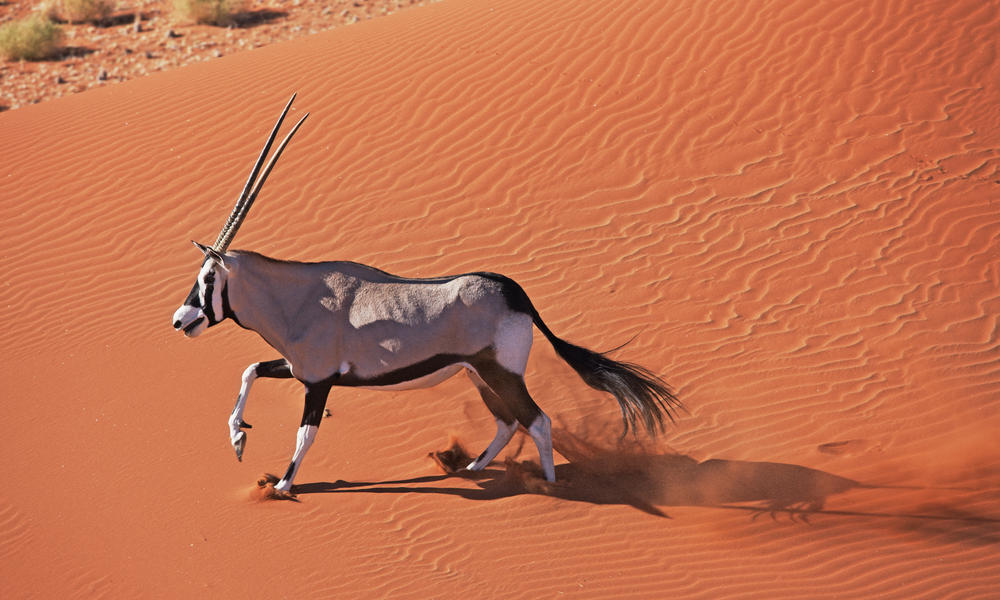Beauty of desert
Deserts are characterized by their rainfall—or rather, their lack of it. Most deserts get less than ten inches of precipitation each year and evaporation usually exceeds rainfall. Deserts – regions where more water evaporates from the ground than is replaced by precipitation – are generally extremely hot, but some, like the Gobi in Asia, experience very cold winters. And deserts that are hot during the day may become cold at night because they lack the insulation provided by clouds and humidity.
Plants, animals and other organisms that live in deserts have evolved to survive harsh conditions, scarce water and barren landscapes. Some desert habitats are short-lived—springing up to brighten the landscape only when the rains come. Many desert plants, like cacti in the Americas, are able to absorb and store water, letting them survive long periods of drought. Animals have adapted to get water from the food they eat and to conserve what little they obtain. They often come out only at night to avoid the worst of the heat.
The desert’s arid conditions mean that soils take a long time to recover when they are disturbed. This lack of water makes desert landscapes vulnerable. Climate change is reducing snowpacks and melting glaciers that provide freshwater to desert communities. Increasing evaporation and dust storms are pushing deserts out into communities at their edges. This desertification is exacerbated by human exploitation of ecosystems that border deserts, causing land degradation, soil erosion and sterility, and a loss of biodiversity.
Hi! I am a robot. I just upvoted you! I found similar content that readers might be interested in:
https://www.worldwildlife.org/habitats/deserts